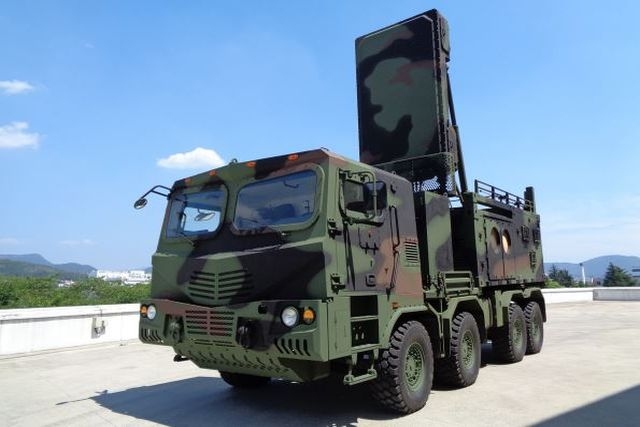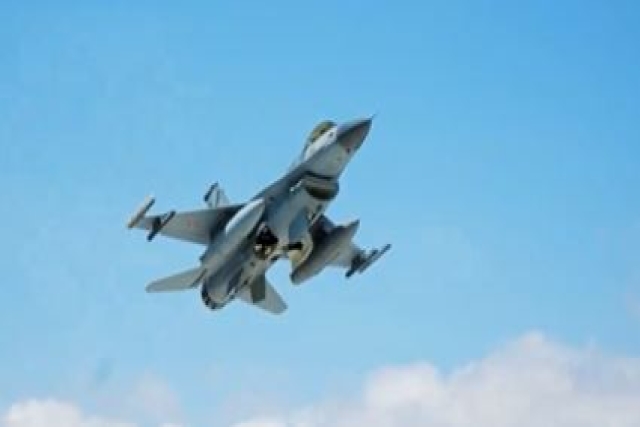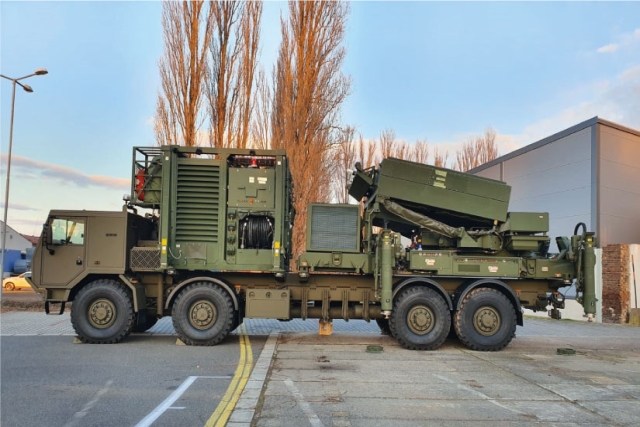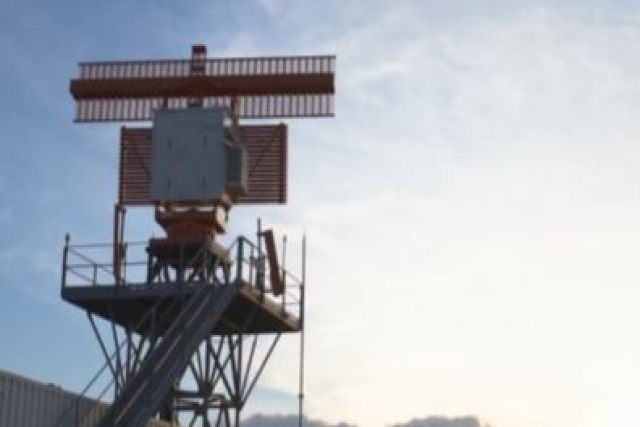S.Korea Deploys First Domestic Anti-Artillery AESA Radar
This radar enhances electronic warfare defense by hindering enemy detection and electronic attacks.

South Korea’s Defense Acquisition Program Administration (DAPA) has announced the deployment of the country’s first anti-artillery AESA radar-II.
DAPA said on March 29 that the radar deployment to all Army corps and the Northwestern Islands aims to conduct efficient counterpower warfare in preparation for enemy long-range artillery provocations threatening the metropolitan area and the Northwestern Islands.
The Anti-Artillery Detection Radar-II is core equipment designed to detect enemy artillery positions in the Army Corps-level operational area and the front lines of the Northwestern Islands. It then disseminates this detection information to the operational control center and anti-power warfare units. This radar system has been in use since 2011. Following a system development process until 2017, electrification began in 2018, and as of March 29, 2024, electrification was completed.
The anti-artillery detection radar-II is Korea's first anti-artillery detection radar using active phased array (AESA) technology. This technology not only strengthens electronic warfare defense capabilities by making detection and electronic attack difficult for the enemy but also features an antenna designed with a modular semiconductor transmitter and receiver. This design ensures operational capability even if some transmitters and receivers are damaged.
A phased array radar that can independently transmit and receive radio waves because the radar modules arranged on the radar antenna are equipped with individual semiconductor amplification and phase shifters.
“This deployment will significantly improve the ability to detect enemy artillery shells and greatly contribute to strengthening our military’s artillery power," Director of DAPA's Firepower Division, Myung Lee, stated.
He added, “In the future, K9 self-propelled howitzers and packages (surveillance and strike) will be deployed.”













